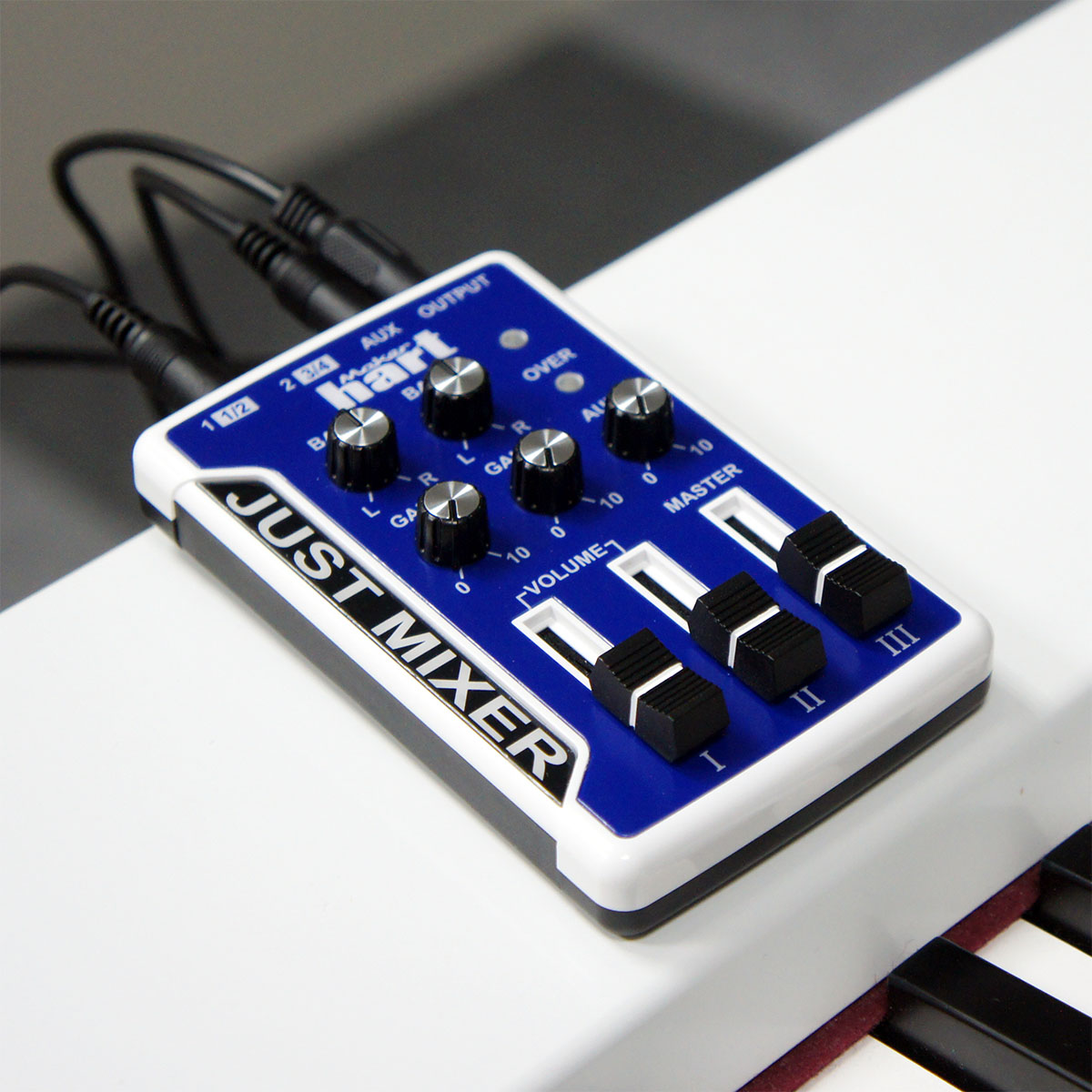
With analog, we can look down at the mixer and see all our settings (rack-unit settings excluded.) But with digital, what we see in front of us is only a small percentage of what’s actually set for a channel.

(Yamaha M7CL users know what I mean with the DCA button.)ģ.

We might not see the group level fader settings until we tell the mixer’s surface to show them. In the digital world, some mixers work as a “surface” where the faders represent whatever channels we’ve selected. Coming from an analog world, it’s easy to look at a console and know exactly where the group volumes are set these could be groups, DCAs, buses, whatever the specific console model uses and calls them. This one still gets me from time to time. I’m not against using the previous week’s EQ settings as a basis for the mix, but don’t assume it doesn’t have to change.Ģ, Before setting gains and faders, check group levels. Oh yeah, and then what works for one arrangement doesn’t work for another. Guitarists use different guitars, different pedals, and different effects all according to the song arrangement. While I’m grateful for EQs, it’s easy to set them “perfectly” for each musician one weekend and think the next week those settings will still be “perfect.”Ī lot of factors change week to week. Digital mixers offer a massive amount of EQ control over each input. Don’t assume last week’s settings are perfect for this week. Here are what I’ve found to be the three traps in transitioning from analog to digital mixing.ġ.

Old habits must be broken, a new way of thinking about workflow has to occur, and digital mixing doesn’t mean one can finally perfect a vocalist’s mix – at least not for two weekends in a row. We regularly hear talk of people transitioning into the wonderful world of digital mixing, but it seems we rarely hear of what happens after they make the transition.


 0 kommentar(er)
0 kommentar(er)
